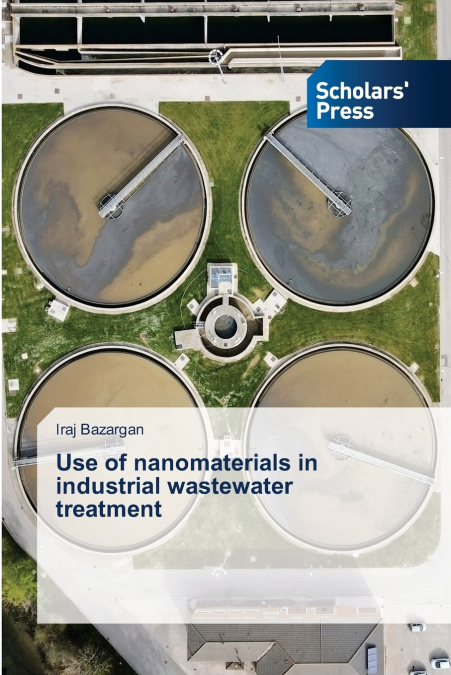
Iraj Bazargan
Wastewater containing toxic substances is a major threat to the health of both aquatic and terrestrial ecosystems. In order to treat wastewater, nanomaterials are currently being studied intensively due to their unprecedented properties. The unique features of nanoparticles are prompting an increasing number of studies into their use in wastewater treatment. Although several studies have been undertaken in recent years, most of them did not focus on some of the nanomaterials that are now often utilized for wastewater treatment. It is essential to investigate the most recent advances in all the types of nanomaterials that are now frequently employed for wastewater treatment. Utilizing appropriate and cost-effective nanomaterials in the wastewater treatment process is essential for ensuring long-term viability and sustainability. Industrial wastewater is introduced in large volumes into the water sources, in turn producing intense health hazards on living beings and the environment. The contaminants from industries include toxic chemicals, heavy metals, metal dust, dyes, radioactive substances etc.